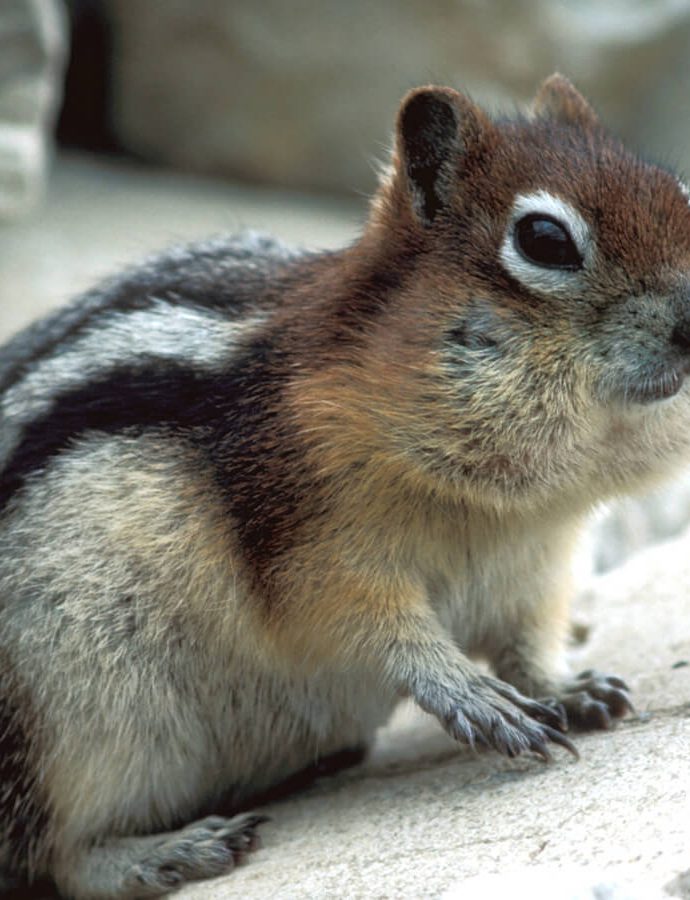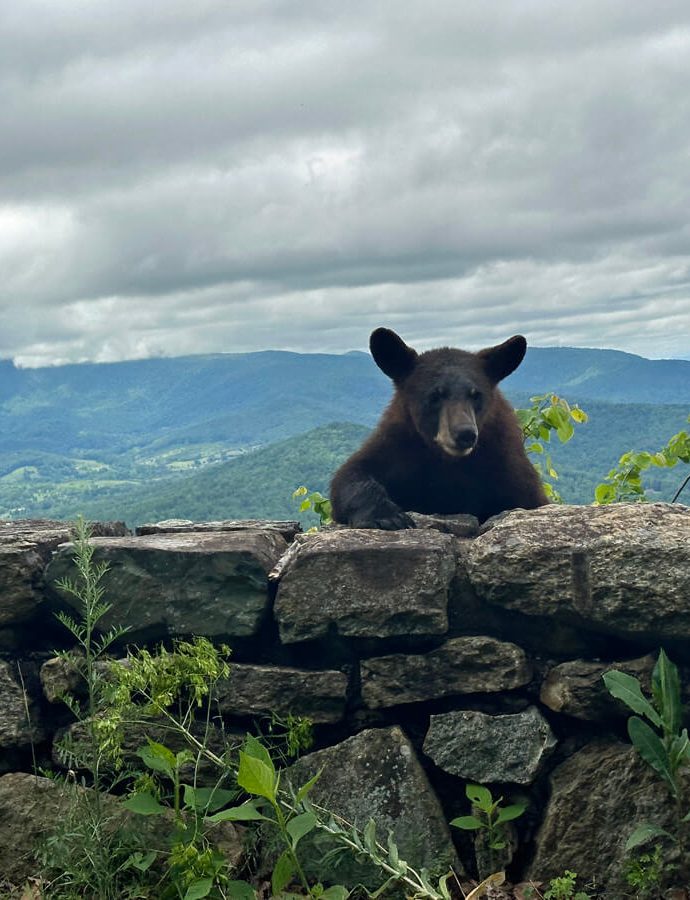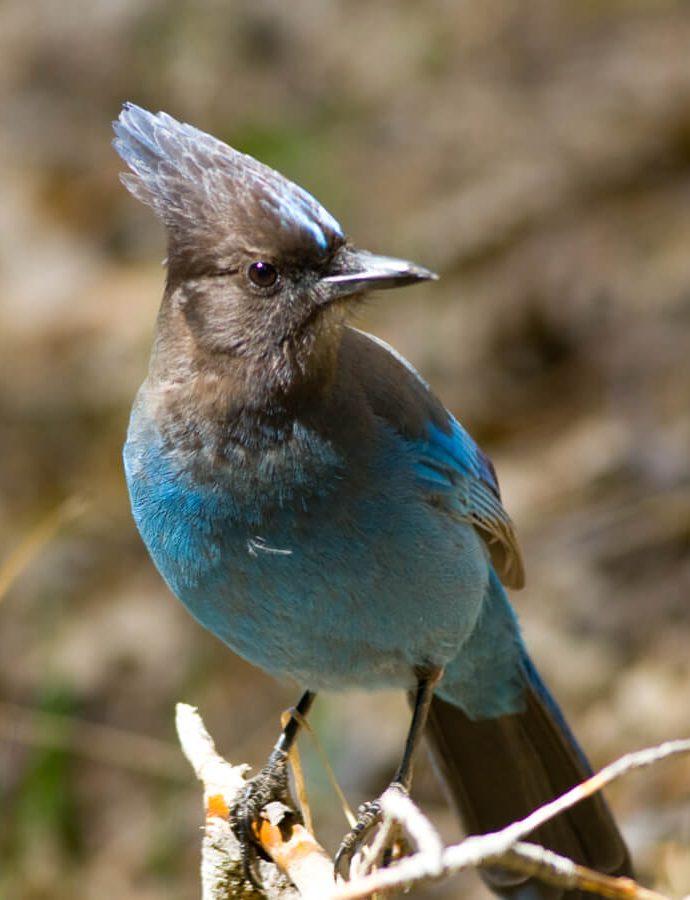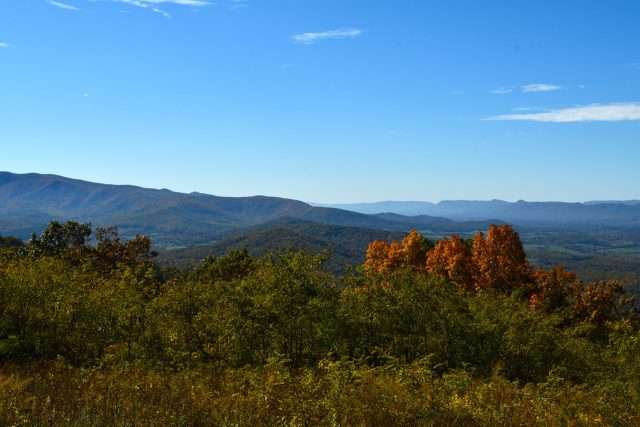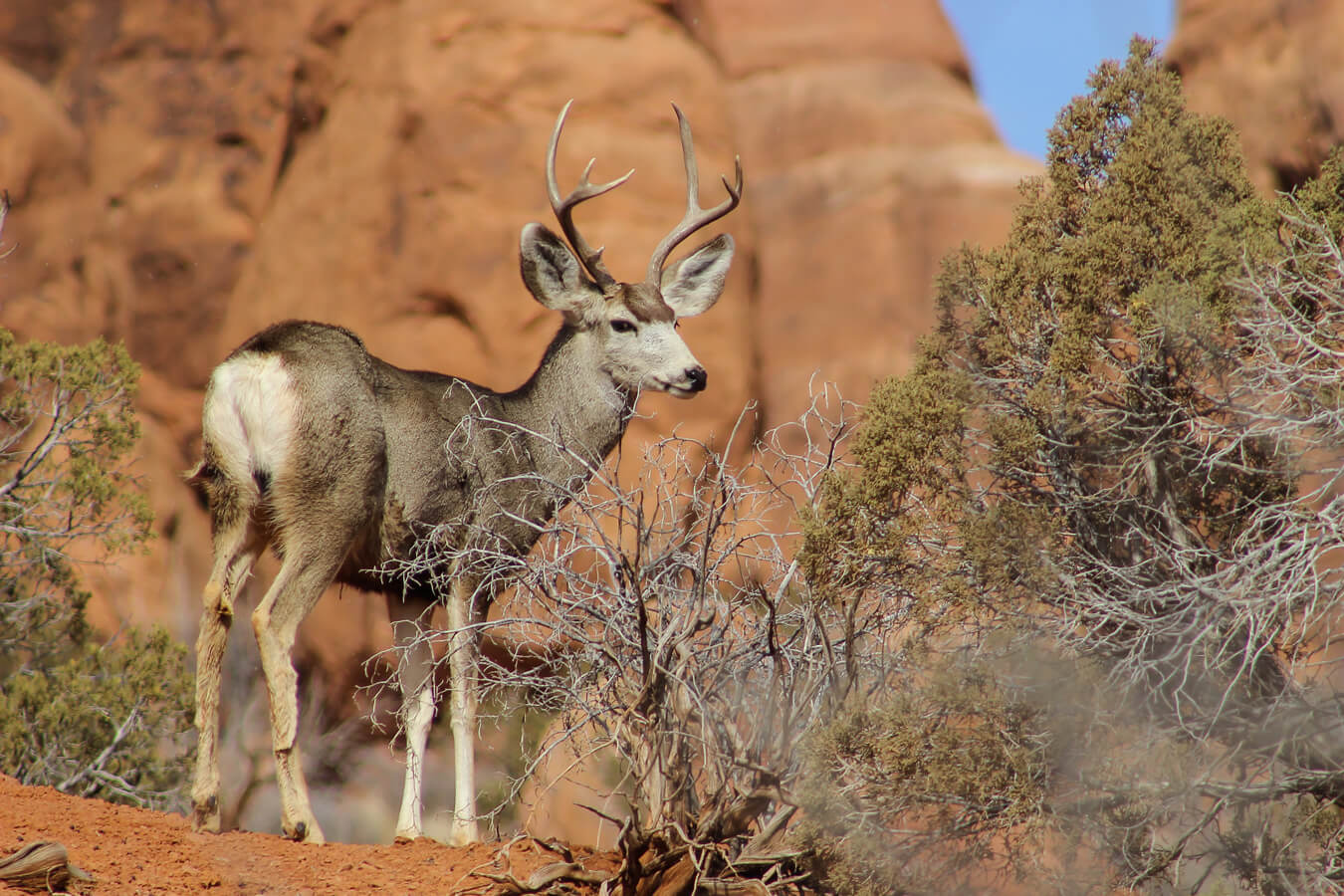
Mule Deer (Odocoileus hemionus) and Black-Tailed Deer (Odocoileus hemionus columbianus) are two closely related and iconic species native to North America. Known for their large, expressive ears and serene presence, both mule deer and black-tailed deer are rewarding subjects for amateur and professional photographers alike. Due to their impressive adaptability, distinctive physical features, and important ecological roles, these deer species are beloved by nature enthusiasts and vital to their ecosystems.
Learning about animals, like the Mule Deer and Black-Tailed Deer, can significantly enhance wildlife photography skills by providing crucial insights into animal behavior, habitat and physical attributes. Understanding an animal’s habits can allow photographers to anticipate and capture unique and authentic moments. While knowledge of an animal’s habitat may help in selecting the best locations and times for shooting. Familiarity with physical attributes of specific species is also crucial in identifying and focusing on specific species of interest, adding value and accuracy to the photographs.
If wildlife photography or simply wildlife viewing are of interest to you, then you’ve come to the right place! Together let’s learn more about what makes Mule Deer and Black-Tailed Deer so special.
Physical Characteristics
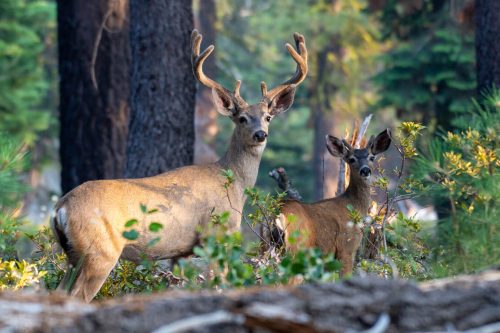
Mule Deer are medium-sized deer, with bucks (males) typically weighing between 150 and 300 pounds and does (females) weighing between 100 and 200 pounds. They stand about 3 to 3.5 feet tall at the shoulder. Their most distinctive feature is their large, mule-like ears, which can move independently and provide excellent hearing.
Their coat color varies with the seasons, ranging from a reddish-brown in summer to a grayish-brown in winter. This seasonal color change helps them blend into their surroundings and avoid predators. Mule Deer also have a white rump patch and a small, black-tipped tail, which they often raise when alarmed.
Bucks are easily distinguished by their antlers, which are shed and regrown annually. Unlike the antlers of White-tailed Deer, Mule Deer antlers fork as they grow, creating a branching structure. These antlers are used in combat during the rutting season, where bucks compete for dominance and mating rights.
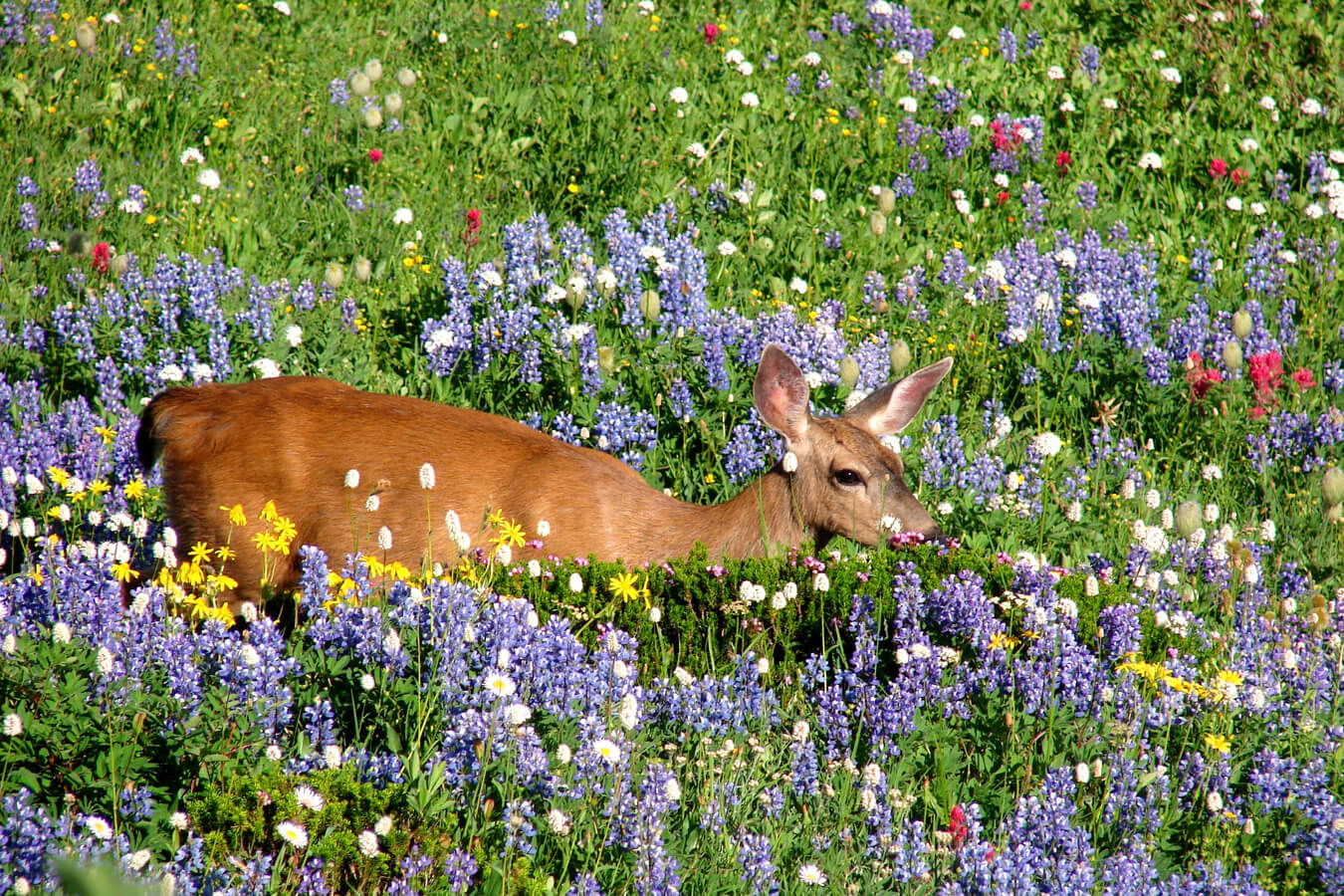
The Black-Tailed Deer is a subspecies of the Mule Deer and shares many physical characteristics with its cousin. However, they are generally smaller, with bucks weighing up to 200 pounds and does around 130 pounds. The most distinguishing feature of Black-Tailed Deer is their black-tipped tails, which are shorter and darker compared to the broader tails of Mule Deer. Their antlers also exhibit a similar forking pattern.
Habitat and Distribution
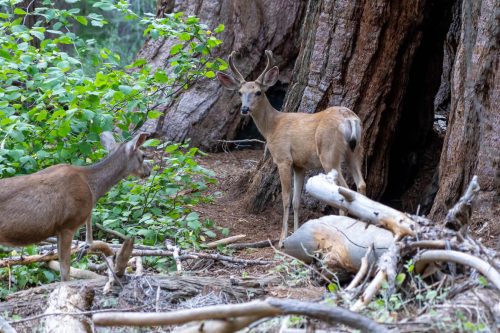
Mule Deer are found throughout western North America, from the Great Plains to the Pacific Coast, and from Mexico to Alaska. They inhabit a wide range of environments, including deserts, grasslands, forests, and mountainous regions. Their adaptability to diverse habitats is one of the reasons for their widespread distribution.
In desert regions, Mule Deer rely on areas with adequate vegetation cover, such as scrublands and riparian zones, where they can find food and water. In mountainous areas, they are often found in forests and meadows, migrating between higher elevations in summer and lower elevations in winter to avoid deep snow and harsh weather.
Black-Tailed Deer are primarily found along the Pacific Coast of North America, from Northern California through Oregon, Washington, and into British Columbia. They prefer the dense forests and coastal regions where they can find abundant food and cover. Their range overlaps with that of the Mule Deer in some areas, but they are more specialized to the wetter, more temperate environments of the Pacific Northwest.
Behavior and Social Structure
Mule Deer are crepuscular, meaning they are most active during the early morning and late afternoon. This behavior helps them avoid the extreme heat of midday and the peak activity times of many predators. They are generally social animals, forming small groups called herds, especially during the winter months.

The social structure of Mule Deer is matriarchal, with groups typically consisting of related females and their offspring. Bucks are usually solitary or form small bachelor groups outside of the breeding season. During the rut, which occurs from late fall to early winter, bucks become more aggressive and engage in battles to establish dominance and win the right to mate with does.

Mule Deer communicate using a variety of vocalizations, body postures, and scent markings. They use their large ears to pick up sounds and their keen sense of smell to detect danger. When alarmed, they perform a distinctive bounding gait called “stotting” or “pronking,” where all four feet leave the ground simultaneously. This behavior can confuse predators and signal to other deer that danger is near.
Black-Tailed Deer exhibit similar behavioral patterns to Mule Deer. They are also crepuscular and form small herds. However, due to the denser habitats they occupy, their social groups may be smaller and more dispersed. Their rutting season occurs around the same time, with bucks displaying similar aggressive behaviors to compete for does.
Diet and Foraging
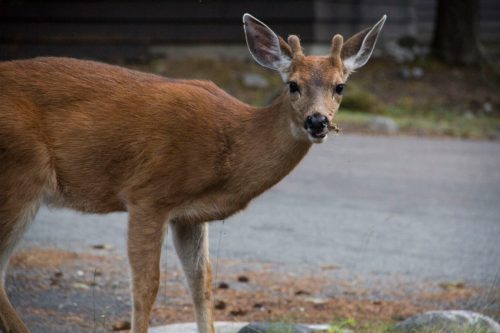
Mule Deer are herbivores with a diverse diet that changes seasonally based on food availability. In spring and summer, they primarily consume a variety of green plants, including grasses, forbs, and leaves. As the seasons change, their diet shifts to include more woody plants, such as shrubs and tree bark, which are more abundant in fall and winter.
Their ability to digest a wide range of plant materials allows them to thrive in different environments. Mule Deer have a four-chambered stomach that enables them to break down tough plant fibers and extract essential nutrients. They are also known to migrate seasonally to follow the availability of food resources, moving to higher elevations in summer and descending to lower elevations in winter.
Water is another crucial component of their diet. While they can obtain some moisture from the plants they eat, they also need access to fresh water sources, especially in arid regions. They are known to travel long distances to find water during dry periods.
Black-Tailed Deer have a similar omnivorous diet but are more reliant on the abundant vegetation of the coastal forests. They feed on leaves, twigs, acorns, berries, and grasses. Their foraging habits can significantly impact the composition of plant communities, as they prefer certain plants over others, influencing vegetation dynamics in their habitats.
Role in the Ecosystem
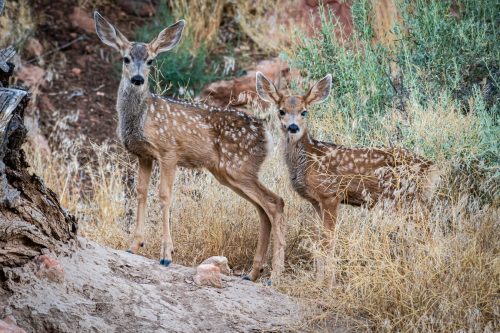
Mule Deer play a vital role in their ecosystems as both prey and herbivores. They are a key food source for a variety of predators, including mountain lions, coyotes, wolves, and bears. Their grazing habits also influence plant communities, helping to shape the structure and composition of their habitats.
By feeding on a variety of plant species, Mule Deer contribute to the regulation of plant growth and the cycling of nutrients within ecosystems. Their movements and foraging activities can also aid in seed dispersal, promoting the growth of new vegetation.
Similarly, Black-Tailed Deer are integral to the ecosystems of the Pacific Northwest. They provide prey for large carnivores and influence the structure of forest understories through their foraging. Their preference for specific plants can create openings in the forest canopy, allowing sunlight to reach the forest floor and promoting the growth of a diverse array of plant species.
Conservation and Challenges
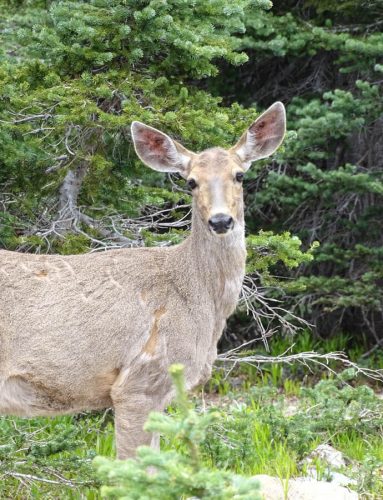
Despite their adaptability, Mule Deer face several challenges that threaten their populations. Habitat loss and fragmentation due to urban development, agriculture, and resource extraction are major concerns. Human-wildlife conflicts, such as vehicle collisions and competition with livestock for food and water, also pose significant threats. Diseases like Chronic Wasting Disease (CWD) and predation pressures can impact population health and stability. Climate change presents another challenge, as shifting weather patterns can affect food availability, water resources, and habitat conditions. Conservation efforts focus on habitat protection and restoration, research and monitoring, and public education.
Black-Tailed Deer face similar challenges, with habitat loss due to logging and urban development being significant threats. Climate change and disease also pose risks to their populations. Conservation efforts for Black-Tailed Deer include preserving critical habitats, promoting sustainable forestry practices, and monitoring populations for disease and environmental stressors. Public education campaigns can raise awareness about the importance of these deer and encourage support for conservation initiatives.
National Park Presence & Wildlife Photography
Mule Deer are present in 34 National Parks and Black-Tailed Deer are present in 9, both with varying degrees of abundance depending on the park. If you visit one of the parks in hopes of seeing and photographing either of these beautiful deer, keep a sharp eye and be patient. Wildlife is wild and unlike landscape photography, viewing specific types of wildlife can be hit or miss.
If wildlife does present itself, always make sure to maintain a safe distance. Using a telephoto lens allows for close-up shots without intruding on the animals’ space. If you already own or want to own a professional grade mirrored camera like the Canon EOS 5D Mark IV Full Frame Digital SLR, we recommend using a Canon EF 100-400mm f/4.5-5.6L is II USM Lens zoom lens for wildlife photography. If you have or are interested in a newer mirrorless model like the Canon EOS R5 Full-Frame Mirrorless Camera, we recommend using a Canon RF100-400mm F5.6-8 is USM Black for long distance shots.
Not quite ready to invest in traditional professional grade camera equipment, but want to enhance the quality of your cell phone photographs? Consider using a Moment 58mm Tele Lens for an improved zoom and be sure you have a compatible phone case to mount your new lens in. Since cell phones don’t have the same zoom distance and quality as traditional professional cameras, be extra mindful about your distance from wildlife when photographing them and don’t get too close.
Below is a list of National Parks where the Mule Deer may be spotted:
Below is a list of National Parks where the Black-Tailed Deer may be spotted:
| Park Name | Occurrence | Abundance |
| Crater Lake National Park | Present | Abundant |
| Great Basin National Park | Present | Common |
| Lassen Volcanic National Park | Present | Common |
| Mount Rainier National Park | Present | Abundant |
| North Cascades National Park | Present | Common |
| Olympic National Park | Present | Common |
| Pinnacles National Park | Present | Abundant |
| Redwood National Park | Present | Common |
| Wrangell – St Elias National Park and Preserve | Present | Uncommon |
Final Thoughts
Wildlife viewing and photography offer numerous benefits, both for individuals and for broader conservation efforts. Engaging in these activities fosters a deep connection with nature, promoting mental well-being and reducing stress through the tranquil experience of observing animals in their natural habitats. It also enhances physical health through outdoor exploration and boosts creativity and patience. On a broader scale, wildlife photography raises awareness about the beauty and diversity of animal species, inspiring conservation efforts and environmental stewardship.
Mule Deer and Black-Tailed Deer are remarkable and iconic species that embody the spirit of the North American wilderness. Their adaptability, striking appearance, and important roles in their ecosystems make them fascinating subjects for study and admiration. By protecting habitats, mitigating human-wildlife conflicts, and addressing the impacts of climate change, we can help preserve these deer populations for future generations. Through these efforts, we can continue to enjoy the presence of these majestic animals in the wild, where they serve as vital parts of the natural landscape and symbols of the enduring beauty of the American wilderness.
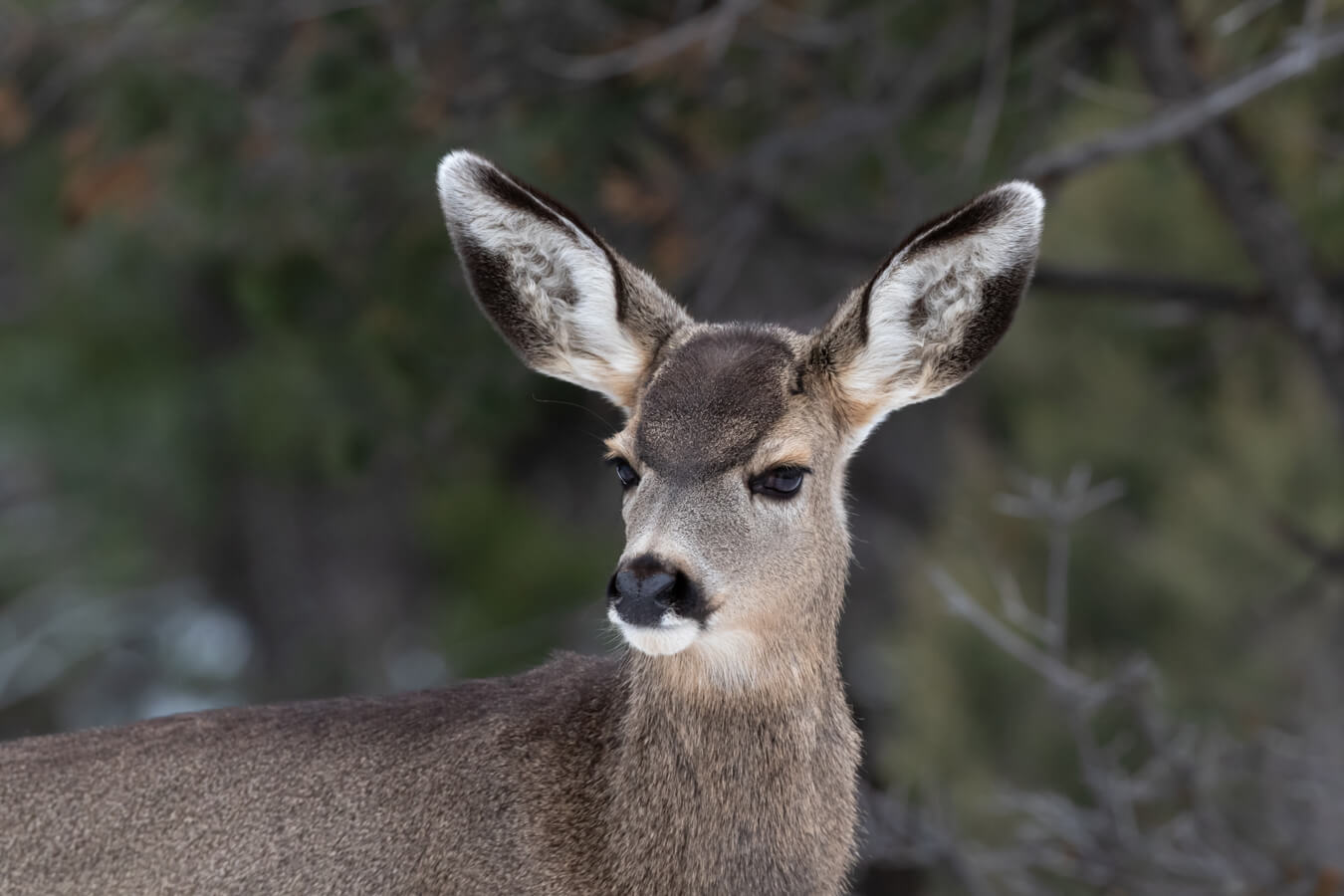
Want more information about the amazing wildlife that call our National Parks home? Take a look at our National Park Wildlife page to explore the various parks and the animals in them. Planning on visiting a National Park in the near future? Be sure to follow park regulations, practice “Leave No Trace” principles, and prioritize safety while exploring.
Joyful Journeys!
Bonnie, Co-Owner, National Park Photographer
Want to learn more about the Mule Deer, Black-Tailed Deer and Whitetail Deer? Check out the links below!
- Touching the Wild: Living with the Mule Deer of Deadman Gulch
- Black-Tailed Deer of the Great Northwest
- Whitetail Savvy: New Research and Observations about the Deer, America’s Most Popular Big-Game Animal
- White-Tailed Deer (Elementary Explorers)
- The Deer of North America
- White Deer Ghosts of The Forest
- The Tracker’s Handbook: How to Identify and Trail Any Animal, Anywhere
Want to see a mule deer foraging at Piegan Pass Trail in Glacier National Park? Visit the link below:
Mule Deer (Odocoileus hemionus) – Piegan Pass Trail in Glacier National Park
Please note, by making purchases through our affiliate links, you are supporting our mission to celebrate and showcase our National Parks and the photographers who frequent them. As an Amazon Associate, National Park Photographer earns from qualifying purchases at not cost to you. We appreciate your support.

